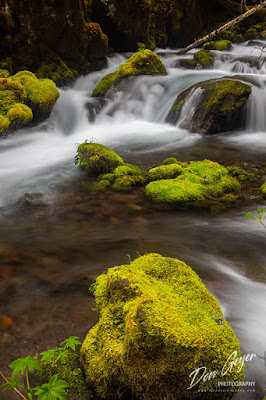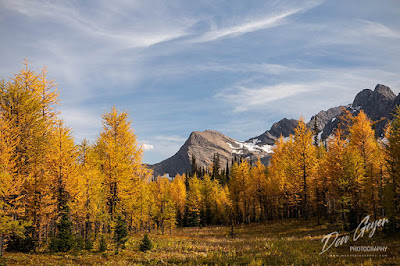 |
| Waterfall along the Quilcene River. |
I recently revisited one of my favorite drainages of the entire
Olympic peninsula in Washington State - the Quilcene River. This drainage resides on the east side of the peninsula and sports a beautiful rain forest along a the very scenic waters of the Quilcene.
While the Big Quilcene trail is a popular route to Marmot Pass and Buckhorn Mountain (as well as longer backpacks), much beauty can be enjoyed along the first couple of miles as the trail follows the river through rich, lush forest. The greens of the moss, ferns and lichen really pop on a cloudy day and accentuate the powerful, turbulent waters of the Quilcene River and its side tributaries.
 |
| Waterfall along the Quilcene River. |
The river thunders loudly for much of the journey. The trail is sometimes close to its banks, sometimes high above with a perch-type view. Many side tributaries add to the beauty in early season, especially when the high country is still covered in snow.
The air always seems so fresh along this stretch of trail, especially on a slightly rainy day like I most recently had.
For photography, my favorite time to visit this area is in May or early June, and preferably on a cloudy day. If you are awarded a bit of drizzle during your journey, bonus!
Shelter River camp marks the point the trail leaves the river behind and begins the steep climb up to Mystery Camp and Marmot Pass. For photographers, the best opportunities are well before Shelter Camp as the forest begins to open up by here.
For those wishing to stretch their legs after a morning of photography, by all means - continue on! The trail climbs steeply to the wonderful panorama westward at Marmot Pass, looking out to Mt. Mystery and Mt. Deception (second highest peak in the Olympics).
 |
| Waterfall along the Quilcene River. |
For even better views, continue another 1.5 miles towards Buckhorn Pass and find a well-worn path that leads to the west summit of Buckhorn Mountain. The close-up views of Warrior Peak and
Mt. Constance are impressive, as are the views north to the Straight of Juan de Fuca.
Fun photography can be had at these heights as well for those willing to carry their gear up this high.
 |
| Waterfall on a tributary along the Quilcene River. |
Back to the forest photography down low - you know, what this post was originally about before the squirrel ran by? I recommend a mid-range lens and polarizer filter to bring out the lush greens of the of the forest carpet and canopy. As long as you are visiting on a cloudy day, a neutral density filter shouldn't be necessary, but it would never hurt to have it with you.
Bring rain gear. Even when it is not raining, this area stays pretty moist in early season and brushing against ferns or tree limbs or sitting down will get you wet.
Be sure to walk slow and have your head on swivel through the forest section. Opportunities are numerous and easy to miss. In fact, you will be likely to see ones on your return trip that you missed on the way up. After numerous visits to this area, I still do.
Most importantly, remember to enjoy this beautiful place and all it has to offer!
As always, thanks for looking. You can see more images from this area and Olympic National Park, please visit my
Olympic Gallery.





